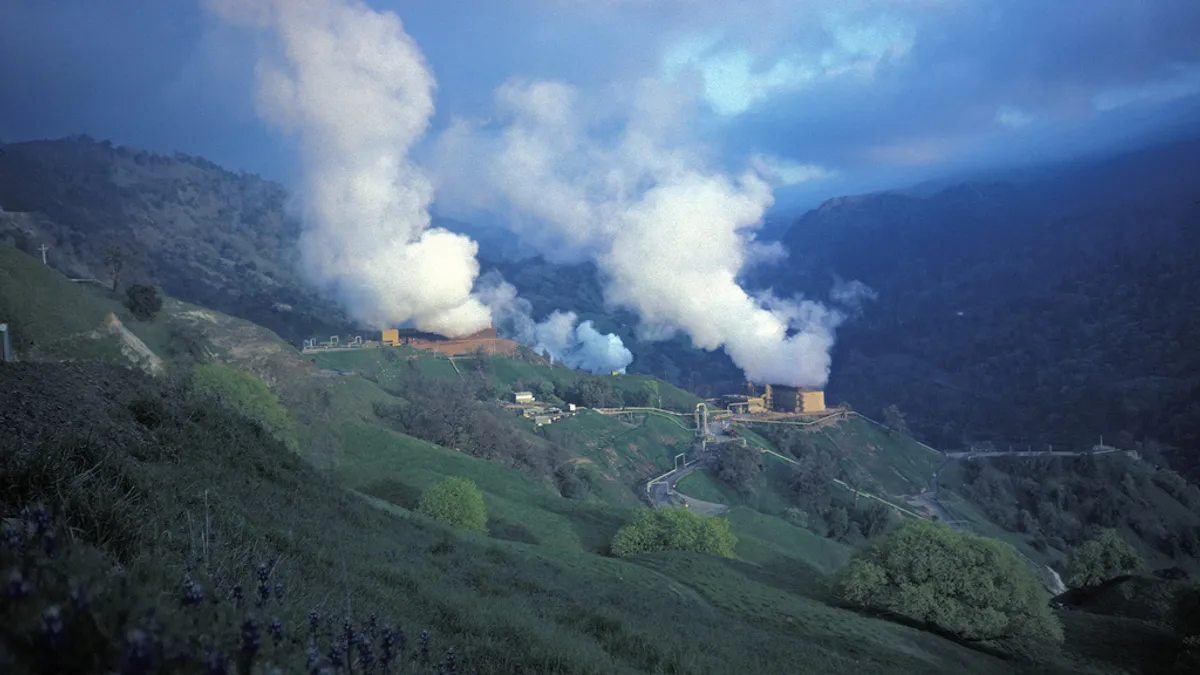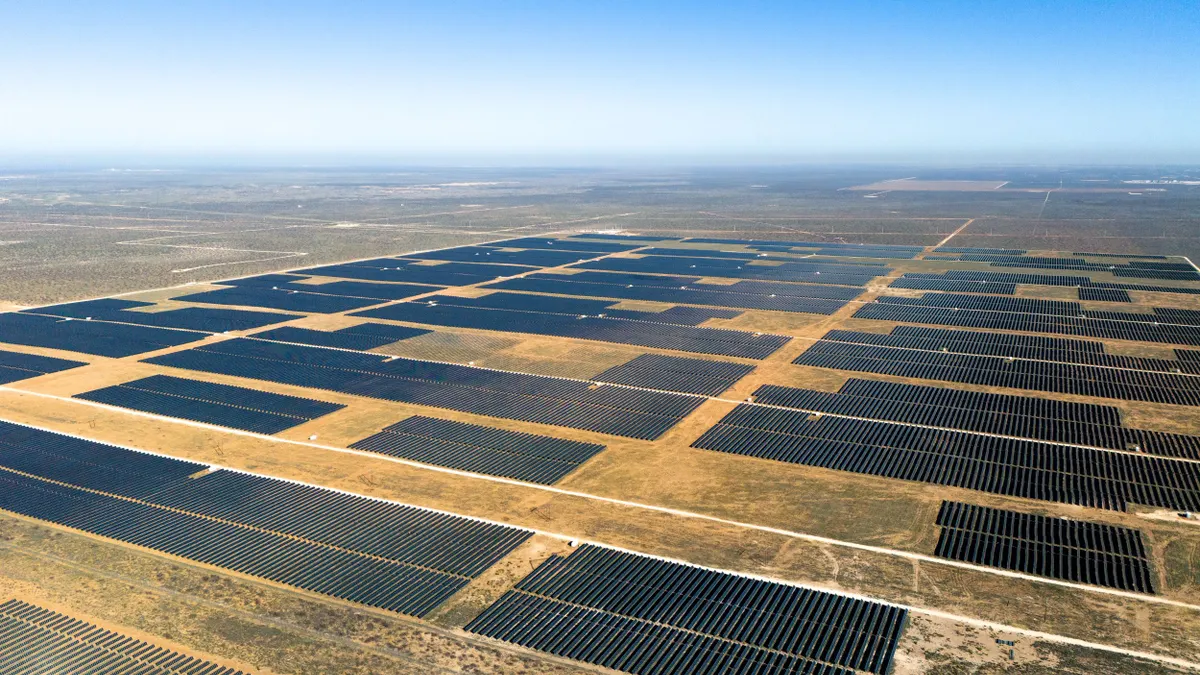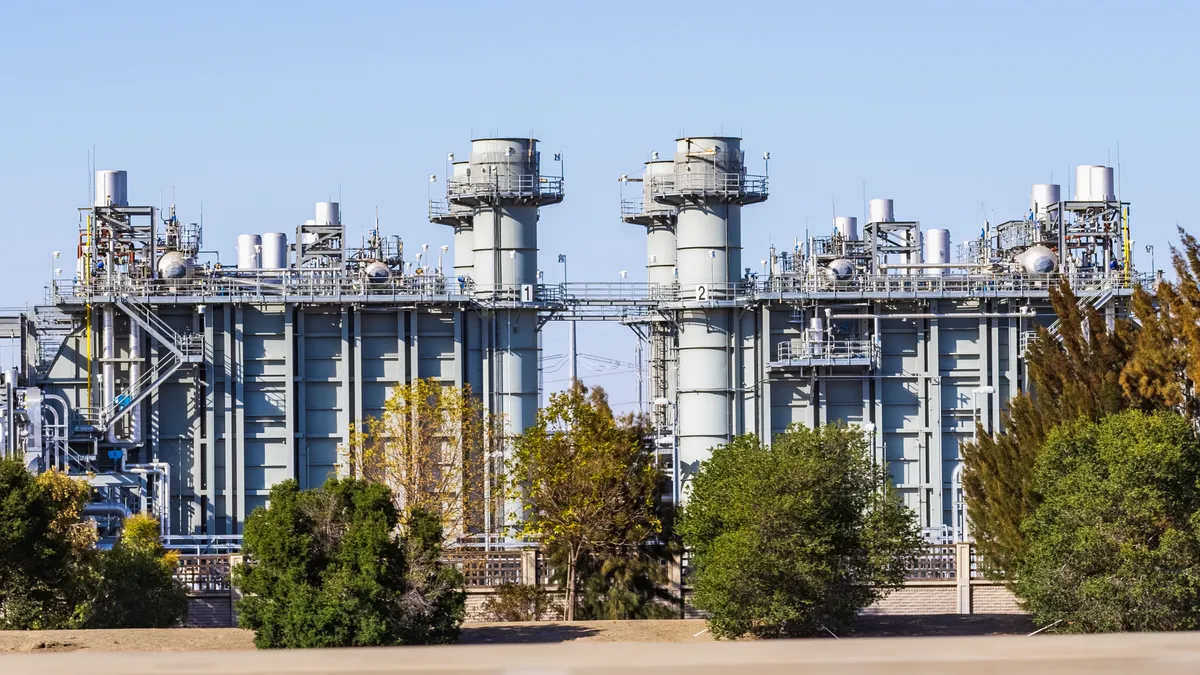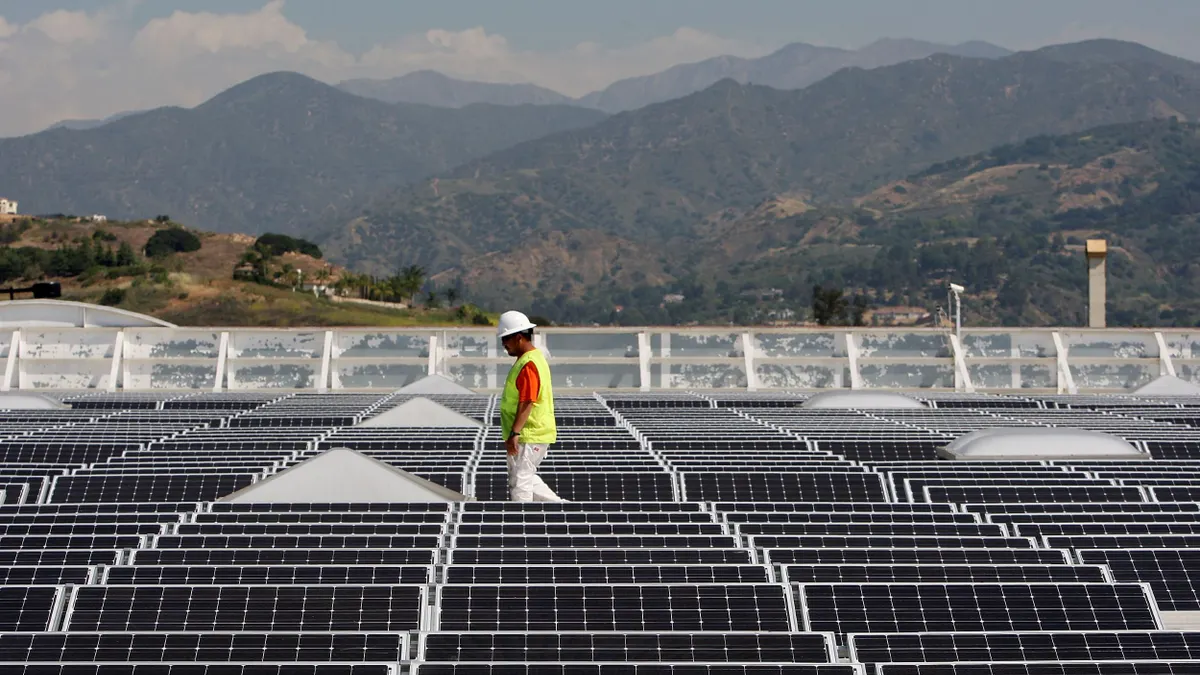By the end of this year, startup public power agency Sonoma Clean Power will serve about 173,000 California customers a special blend of power — local, clean and cheaper than incumbent utility Pacific Gas & Electric provides.
California is on the forefront of the community choice aggregation movement in the U.S., due in part to regulations enabling such non-traditional power providers and the state's environmental focus. But the trend may be spreading.
The state of community choice aggregation in the U.S.
Today, only six states have laws enabling community choice aggregation (CCA) on the books — California, Illinois, Ohio, Rhode Island, Massachusetts and New Jersey.
But that could be changing, according to Shawn Marshall, the director of LEAN Energy US, a non-profit advocacy organization for CCA. Minnesota and Delaware have passed legislation to begin considering CCA, and there has been interest in Utah, Connecticut and New Mexico as well.
"We really see the clean energy innovation piece of it happening in California," Marshall told Utility Dive. "Communities in California are taking a longer view of CCA and integrating new renewable resource development into their power portfolio."
That's where LEAN comes in. While lower power bills are the primary motivation behind aggregation, a cleaner energy mix is the second. LEAN helps communities, like Sonoma County, make aggregation possible.
Putting in place a community choice aggregation program is a long-term, multi-step endeavor. "The formation process will be a little different in each state, depending on the regulatory structure," Marshall said.
But, essentially, jurisdictions must pass a resolution saying they intend to aggregate; hire an energy expert to analyze load data; take an request for proposals into the market for initial supply; and sign a utility service agreement.
"You have to notify your community of what you're doing … and then you can go into service," Marshall said.
Sonoma's story
Sonoma Clean Power is run by Sonoma County, California, and the participating cities of Sonoma, Santa Rosa, Cotati, Windsor, Sebastopol and Cloverdale. Even with enabling legislation and green-thinking customers, the startup agency's CEO Geof Syphers told Utility Dive that community education is a must.
The community choice concept sounds simple to people who understand the industry, but Syphers believes utilities have to address fundamental questions with customers in order to gain their trust and buy-in.
Sonoma Clean Power hosted public meetings and has developed hundreds of advertisements, newspaper stories and will soon begin a television advertising push. A cheaper electric bill is simple to understand, but Syphers said customer concerns can be even more basic.
"If I'm in your program and my next door neighbor isn't, how do I know my electricity is greener?"
"I think that question gets right to the heart of needing to do some basic education about what we're doing. Electricity isn't the problem, it's the generators," Syphers said. "And so a lot of what we start to get into with the public is education … That really basic question turns out to be the source of a lot of confusion."
"Those kind of questions are the reason face-to-face meetings are so important," Syphers added. Sonoma Clean Power hosted between 50-60 community outreach sessions leading up to the program's full launch — education needed not just to get the program off the ground, but to entice larger numbers of customers to stay.
California's community choice aggregation law is structured in such a way that, once adopted, the CCA becomes the default provider instead of the incumbent utility. For Sonoma Clean Power, residents have to opt out of the program to go back to Pacific Gas & Electric (PG&E). Participating customers save at least 4-5% over PG&E's rates, according to Syphers.
Despite what looks like an almost-perfect combination for total inclusion, Sonoma's original estimate was to retain 25% of its customers. "But we're now seeing a lot better results than that," Syphers said, adding that Sonoma Clean Power now expects to hold on to 85% of customers. "We've done a good job so far."
Sonoma's first phase began in May 2014, with service to 23,000 customers. The majority of those were commercial customers and the decision to begin serving larger users first meant big savings for the program.
"It actually helps everyone to do that," said Syphers. "Commercial accounts use relatively high amounts of power per meter and, because virtually all of our fixed costs are associated with a per meter charge … it turns out that we can offer service to all customers of all types less expensively if we start with commercial, because that helps us put a cash reserve in place to move forward."
"Our original forecast was that we needed to borrow $23 million to get started," Syphers said. "We are going to borrow less than $7 million because of that decision. It really, dramatically changed the finances."
The strategy behind the fuel mix
Sonoma Clean Power markets itself as being about 5% cheaper than PG&E but Syphers believes that's neither the whole story nor the agency's full potential. Total savings over PG&E are between 4% and 7% and up to 12% on just the generation portion. Sonoma could provide even cheaper rates if it wanted to, according to Syphers.
About 65% of people say they would pay a little more for cleaner power, Syphers said. But, asked separately, 80% are concerned about rates.
"We've decided that our best strategy is to be as clean as we possibly can, while normally and as often as we can keeping our rates a little below PG&E. Because then we'll have high participation and we'll also be providing maximum financial and environmental benefits. It's a twin goal … and there's even a third goal of reinvesting back locally," he said.
"Those goals provide tension," Syphers said, and guide the aggregator's fuel mix."If you only wanted cleaner power we could do more … or if you only wanted lower rates then we wouldn't be buying cleaner power. But we're right there in the middle. That's the path we're trying to navigate."
Today, Sonoma Clean Power is sourcing 30% of its electricity from "conventional resources," though Syphers noted that it's almost entirely natural gas-fired. Another 37% comes from hydro and the remainder is California qualifying renewables, mostly geothermal.
The mix will begin including wind and solar beginning in December. Sonoma Clean Power just signed contracts for 30 MW of solar and is in negotiations for another 18 MW. Syphers expects those contracts to be finalized in the next couple of months. And the aggregator is in "softer negotiation" for at least another 40 MW.
"Because of the prospect of a potential long-term drought in the western U.S., I see solar beginning to replace hydro, as a general rule of thumb," Syphers said. "And very [gradually] we will see the 30% natural gas portion dropping, but that's going to take quite a while because that portion of the portfolio is really valuable to us for capacity and resource adequacy."























